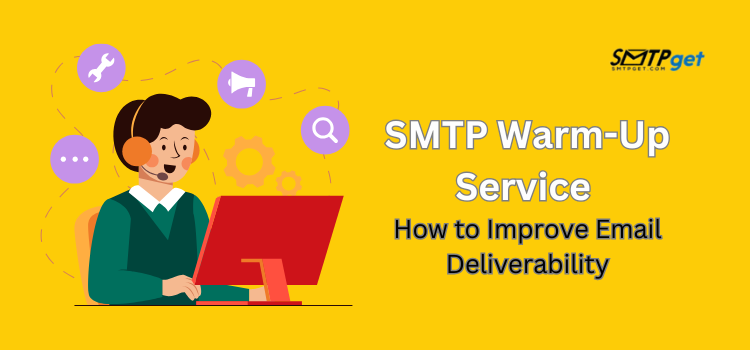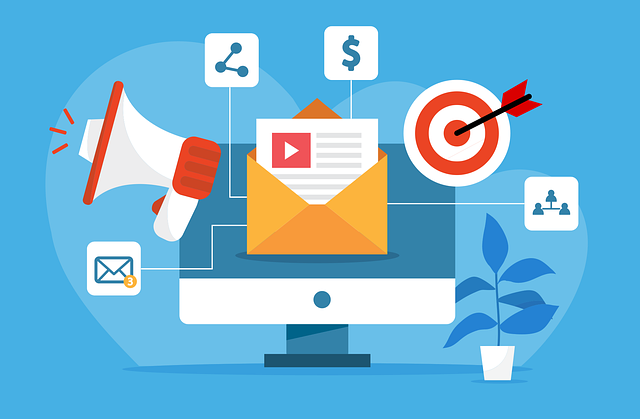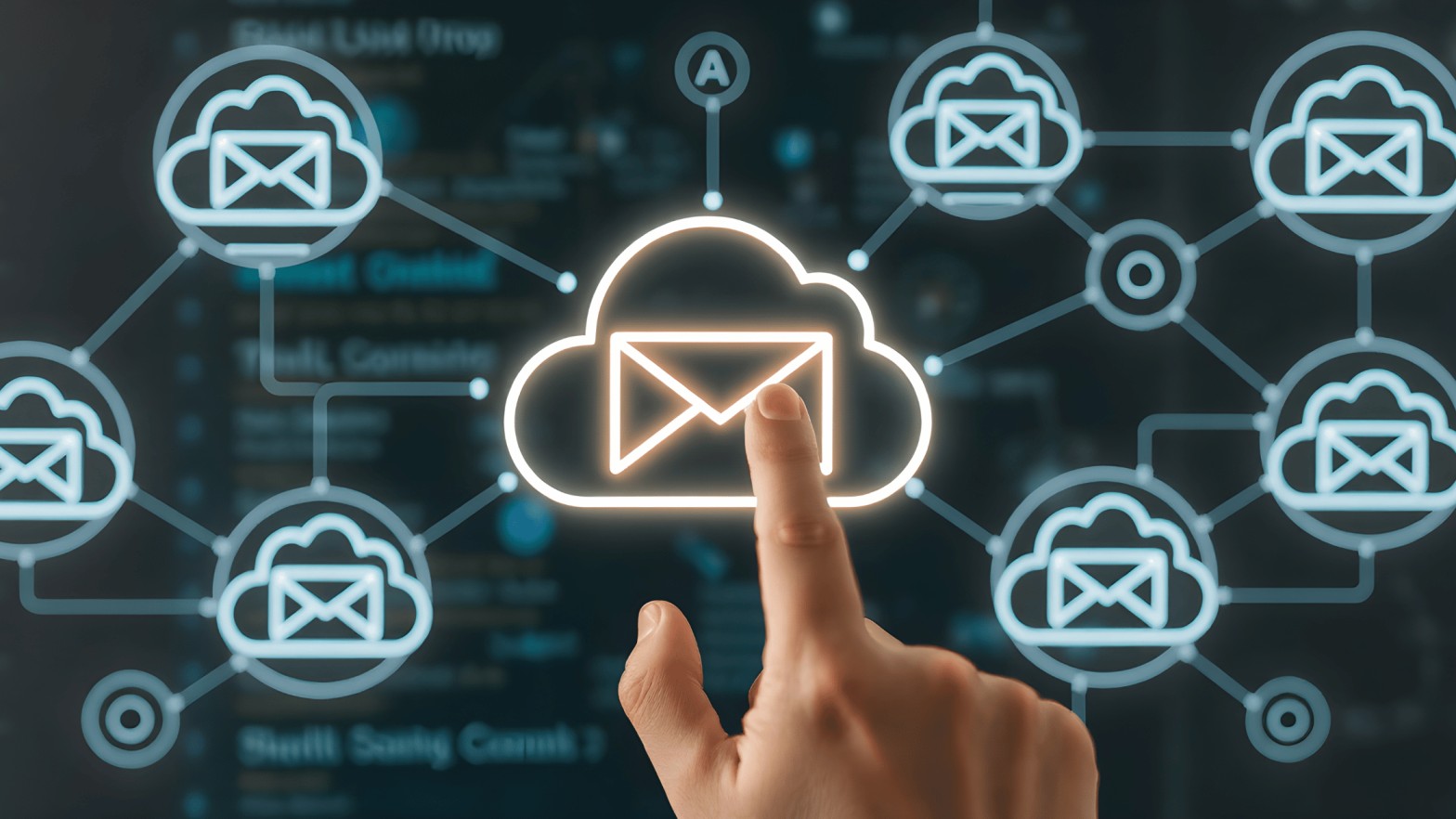SMTP Warm-Up Service- How to Improve Email Deliverability

Strong 8k brings an ultra-HD IPTV experience to your living room and your pocket.
If you are starting with email marketing or setting up a new SMTP server, you may have heard about "SMTP warm-up." This process is essential to ensure high email deliverability and avoid getting flagged as spam.
In this blog, we will explain SMTP warm-up services in simple terms, why they are important, and how to do it properly.
What is SMTP Warm-Up?
SMTP warm-up is the process of gradually increasing the number of emails sent from a new SMTP server or IP address over time. This helps to build a good sender reputation with Internet Service Providers (ISPs) like Gmail, Yahoo, and Outlook.
When you send a large number of emails from a new IP address without warming it up, ISPs may mark your emails as spam or block them entirely. SMTP warm-up ensures that your emails are delivered to inboxes instead of spam folders.
Why is SMTP Warm-Up Important?
Improves Email Deliverability - A proper warm-up process helps your emails land in the inbox rather than being flagged as spam.
Builds Sender Reputation - ISPs monitor how emails are sent from a new IP. Gradually increasing email volume builds a positive sender reputation.
Avoids Blacklisting - Sending too many emails at once from a new SMTP server can get your IP blacklisted.
Enhances Engagement - Proper warm-up ensures that your emails reach real users who open and engage with them.
How SMTP Warm-Up Works
The warm-up process is simple but requires patience and consistency. Here’s how it works:
Start Small - Send a few emails on the first day (e.g., 10-20 emails).
Increase Gradually - Each day, slightly increase the email volume (e.g., double the number every few days).
Monitor Engagement - Keep an eye on open rates, click rates, and spam complaints.
Adjust if Needed - If you see deliverability issues, slow down the warm-up process.
Manual vs. Automated SMTP Warm-Up
You can warm up your SMTP manually or use an automated SMTP warm-up service.
Manual Warm-Up
- You send emails manually, increasing the volume each day.
- Requires daily monitoring and adjustments.
- Time-consuming but gives full control.
Automated Warm-Up Services
- These services automatically increase your email volume.
- They ensure proper scheduling and tracking.
- Saves time and reduces the risk of mistakes.
Some popular SMTP warm-up services include:
- SMTPget
- Warmup Inbox
- Mailwarm
- Lemwarm
Best Practices for SMTP Warm-Up
- Send to Engaged Recipients - Use a verified email list with engaged users.
- Avoid Spam Triggers - Don’t use spammy words or misleading subject lines.
- Monitor Performance - Use email analytics tools to track open and bounce rates.
- Use Authentication - Set up SPF, DKIM, and DMARC for better deliverability.
- Stay Consistent - Follow a steady warm-up schedule to build trust with ISPs.
Common Mistakes to Avoid
- Sending Too Many Emails Too Soon - This can trigger spam filters and block your IP.
- Using a Poor-Quality Email List - Sending invalid or unverified emails harms your reputation.
- Ignoring Feedback - If many emails bounce or go to spam, adjust your warm-up plan.
- Skipping Authentication - Without SPF, DKIM, and DMARC, ISPs may not trust your emails.
How Long Does SMTP Warm-Up Take?
The time required depends on your target email volume. A small business sending 10,000 emails per day may complete warm-up in 2-3 weeks, while a high-volume sender may take a month or more.
Conclusion
SMTP warm-up is a crucial step for ensuring high email deliverability and a good sender reputation. Whether you do it manually or use an SMTP warm-up service, following a proper warm-up process can help your emails reach inboxes instead of spam folders. By taking the right steps, you can successfully build a reliable email marketing system and achieve better engagement with your audience.
If you are setting up a new SMTP server or planning an email campaign, don’t skip the warm-up process—it’s the key to email marketing success!
Note: IndiBlogHub features both user-submitted and editorial content. We do not verify third-party contributions. Read our Disclaimer and Privacy Policyfor details.







